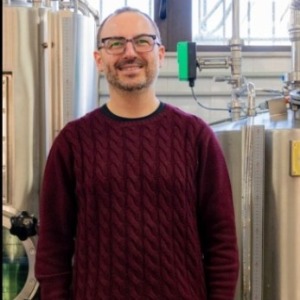8th Edition of Euro Global Conference on
Food High-Pressure Processing
Food high-pressure processing (HPP) is a non-thermal preservation technique that uses high hydrostatic pressure to inactivate microorganisms, enzymes, and spoilage organisms in food products. HPP operates on the principle that applying pressure uniformly throughout a food product can disrupt cell structures and biochemical reactions, thereby extending shelf life while preserving sensory and nutritional qualities. HPP is typically conducted at pressures ranging from 100 to 600 megapascals (MPa) for a few seconds to several minutes, depending on the food product and target microorganisms. The process is conducted at refrigerated temperatures (4-10°C) to prevent microbial growth and maintain food quality. HPP is effective against a wide range of pathogens, including bacteria, viruses, yeasts, molds, and parasites, making it suitable for both fresh and processed foods. Common applications of HPP include the preservation of fruit juices, dairy products, seafood, meats, ready-to-eat meals, and baby food. Unlike thermal processing methods such as pasteurization, HPP does not rely on heat to achieve microbial inactivation, thus preserving the sensory attributes, nutritional value, and functional properties of foods. HPP can extend the shelf life of foods by reducing microbial spoilage and enzymatic degradation, allowing for the production of minimally processed, preservative-free products with extended refrigerated shelf life. HPP also offers advantages in terms of food safety, as it can effectively inactivate pathogens such as Salmonella, Escherichia coli, Listeria monocytogenes, and Vibrio species without altering the sensory or nutritional qualities of foods. Additionally, HPP can be used to extend the distribution range of fresh foods, reduce the need for chemical preservatives, and meet consumer demand for clean label and minimally processed foods. Despite its many benefits, HPP has limitations, including equipment costs, energy consumption, and packaging considerations. HPP equipment is expensive and requires specialized chambers, pumps, and controls capable of withstanding high pressures.

Said Bouhallab
INRAE, France
Giovanni De Francesco
University of Perugia, Italy
Ombretta Marconi
University of Perugia, Italy
Alex Martynenko
Dalhousie University, Canada
Ana Isabel Najera
University of the Basque Country EHU, Spain
Marcin A Kurek
Warsaw University of Life Sciences, Poland


